 |
| Forearm brace provides heavy force with no wrist strain |
Principles affected
Background
Certain types of tools and tasks can place considerable strain on the wrist. The forearm brace shifts the load from the wrist to forearm.
Ideas and Options
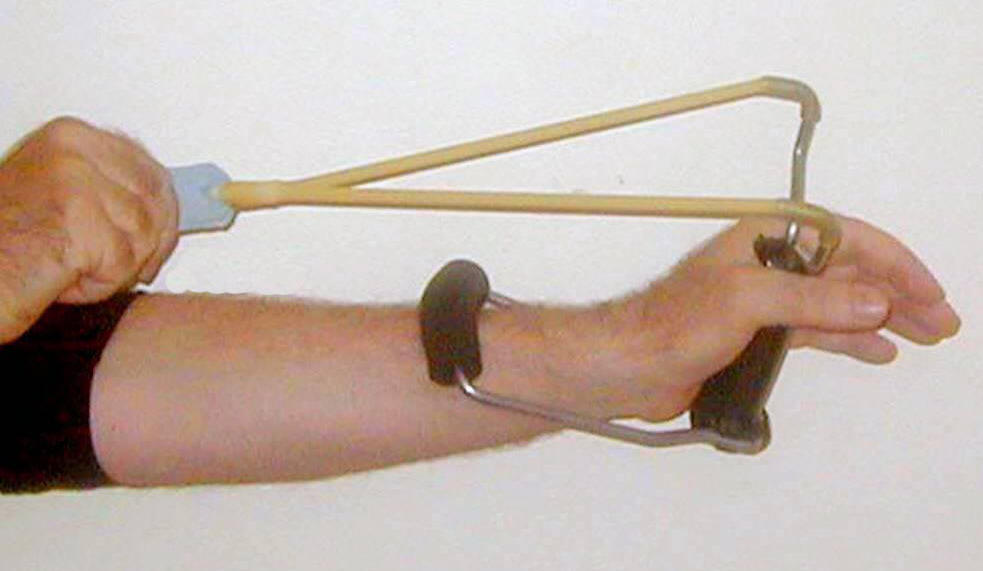 |
| Wrist rocket sling shot |
The classic example of a forearm brace is the wrist rocket sling shot. Without the brace, a heavy strain is put on the wrist. With the brace, the strain is transferred to the forearm relieving almost all the force on the wrist. Note in the photo that the hand is relaxed, not gripped.
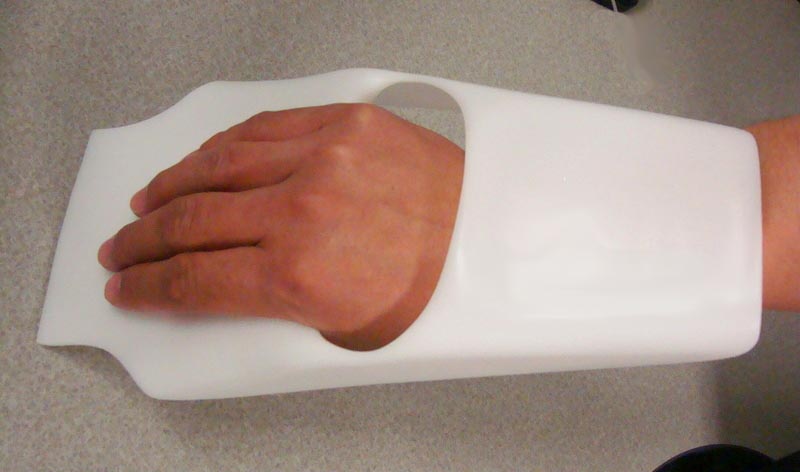 |
 |
| Tool for spreading thick material | |
The example of the slingshot inspired the development of a simple tool to help spread a putty-like material on a surface.
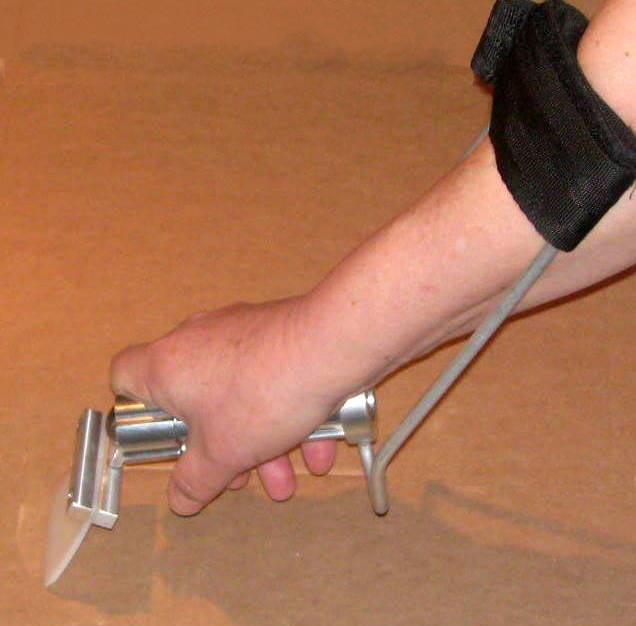 |
| Forearm brace for spreader |
A subsequent design of a forearm brace (developed by the author) for the same task as above. A ball joint on the top of the handle enables positioning the blade in different orientations. See also photo on top of page.
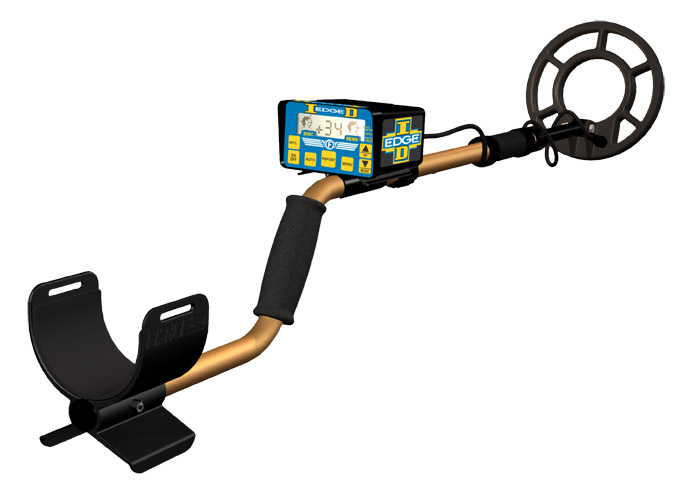 |
 |
| Metal detector (www.fisherlab.com) | Wood lathe chisel brace (vendor unknown) |
Some commercially available tools incorporate forearm braces. These examples may inspire use of the the concept in other applications. Note in both instances a good slanted hand grip, i.e., not a right angle (see wrist posture in Principle 1 Work in Neutral Posture.)
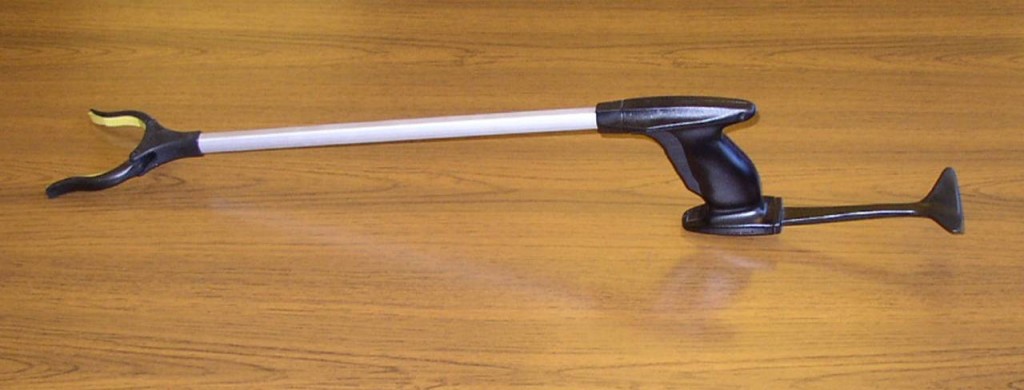 |
| Reacher with forearm brace |
This example shows a reacher that incorporates a small forearm brace. It is designed to reach library books from top shelves, but could be used in many other applications. See Reachers.
